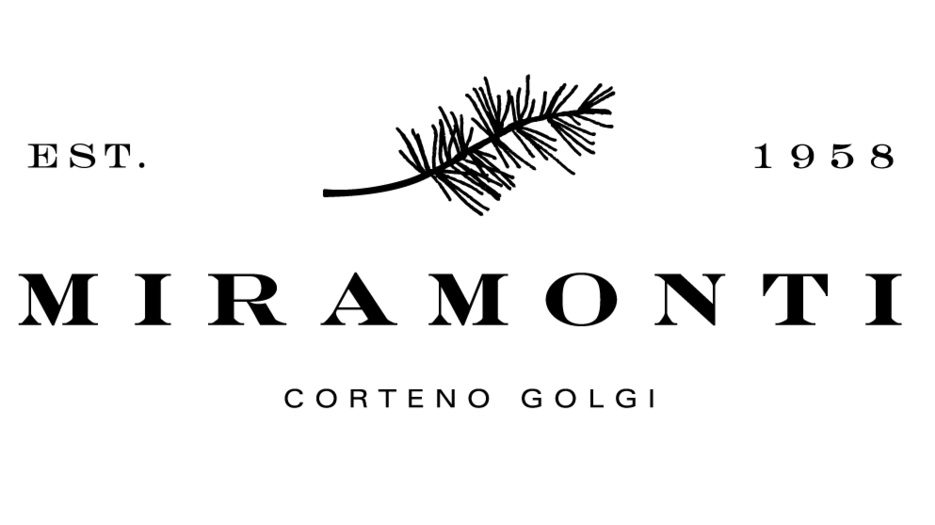6 Interesting Facts About Olive Oil
The most quintessential ingredient to Mediterranean cuisine - olive oil! Olive oil is widely used across many kinds of dishes, either for cooking or garnishing. Simply, highly versatile ingredient! In our restaurant at Albergo Miramonti, we use olive oil to drizzle on top of our pizzas and pasta. The great thing about olive oil is that it is known to be one of the healthiest oils out there, greatly benefiting our bodily systems. For several millenia, olive oil has been a staple for Mediterranean cuisine, enduring throughout history. Today, it continues to be a beloved ingredient for delicious Italian recipes. Want to learn some more facts about the oil? Look no further, have a read below.
WHAT IS EXTRA VIRGIN OLIVE OIL
Extra virgin olive oil is an unrefined oil, and the highest quality olive oil you can buy. The difference in flavour is noticeable as you can taste fresh olives in the blend. It is made of pure, cold-pressed olives without any additives or processing. Whereas, with regular olive oil, it manages to combine both cold-press and processed oils. For our pizzas in our Italian restaurant, we opt for extra virgin olive oil!
IT HELPS TO REDUCE BLOOD PRESSURE
Olive oil contains ‘oleic acid’, which helps to reduce the blood pressure of an individual. Furthermore, the oil comprises additional antioxidants such as Vitamin E, carotenoids and oleuropein. So, without a doubt, olive oil is highly beneficial to our health and is an excellent alternative to other ‘less’ healthy fats, such as margarine or vegetable oil.
FULL OF GOOD ‘FAT’
Olive oil is full of monounsaturated fat, which is an excellent dietary fat that benefits our bodily system. It can help reduce cholesterol levels and your risk of heart disease, while saturated fats fail to do so. We advise that whenever you can, whether it’s cooking or eating outside, try and opt for olive oil as it is better for your health. However, keep in mind, you should always consume it in moderation as olive oil is still high in calories.
HISTORY
The pressing of olives has dated back as far as 3000 B.C.E.! Historians believe that olive trees first originated in Greece, and then spread across the Mediterranean, making it a staple among many countries. In Roman times, olive oil became a key contributor to the growth of the economy; they encouraged the cultivation of olives in conquered territories. Olive oil even became a commodity, allowing tradespeople to buy and sell the fruit.
HARVEST DATE IS IMPORTANT
Autumn is generally the peak time to collect all the ripe olives - almost every olive farm in the Northern Hemisphere start to harvest from October to November. So, the more recent the harvest date, the better the quality. If you let the olives age any longer, the quality of the oil decreases, so do make sure to check the harvest date. Olives aren’t the only abundant harvests during Autumn but during this time - particularly in the Italian Alps - you can find gourmet delicacies such as Porcini Mushrooms and Italian Truffles. With all these ingredients, you may even decide to make Porcini Risotto!
QUALITY OLIVES ARE HANDPICKED
The simple fact is - olive oil doesn’t fare well with mechanised processes. The quality of the olive significantly decreases the more you process it. Usually, the high-quality oils are handpicked by the farmers, directly into a basket (brucatura). This is the best method to maintain the quality of the olives; however, this is very costly. Possibly the most popular way is ‘a mano con telo’ also known as “by hand with a net”. This method utilises a net, and a long rake to nudge the olives to fall into the net.
Why not stay at Miramonti Boutique Hotel? We are located within the Alps, with a Hotel Spa, relaxing Cigar Lounge and an Italian Restaurant that serves local Valtellina Cuisine.
For more articles about the Italian Alps and Northern Italy, read our blog:






